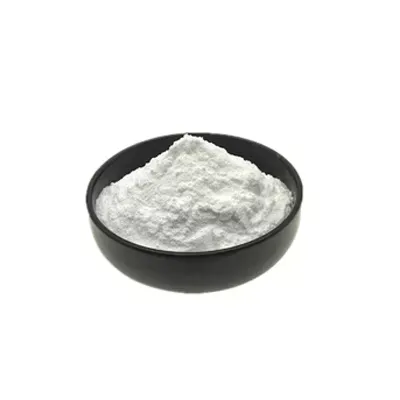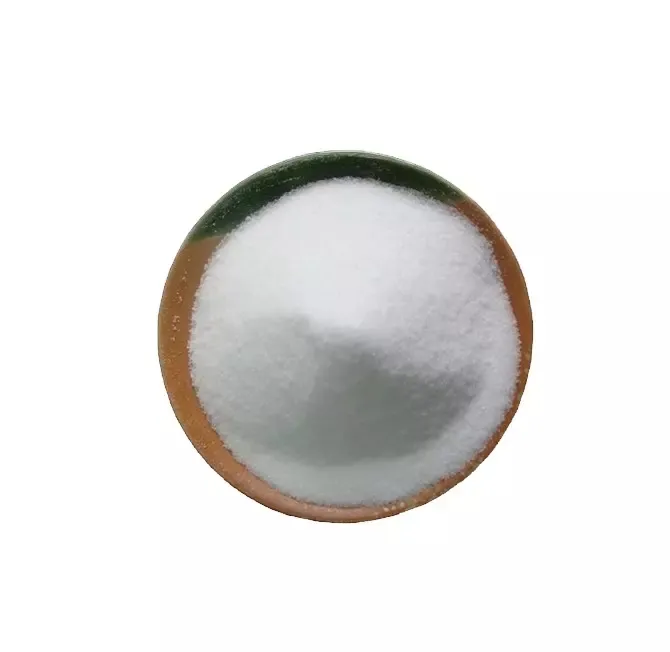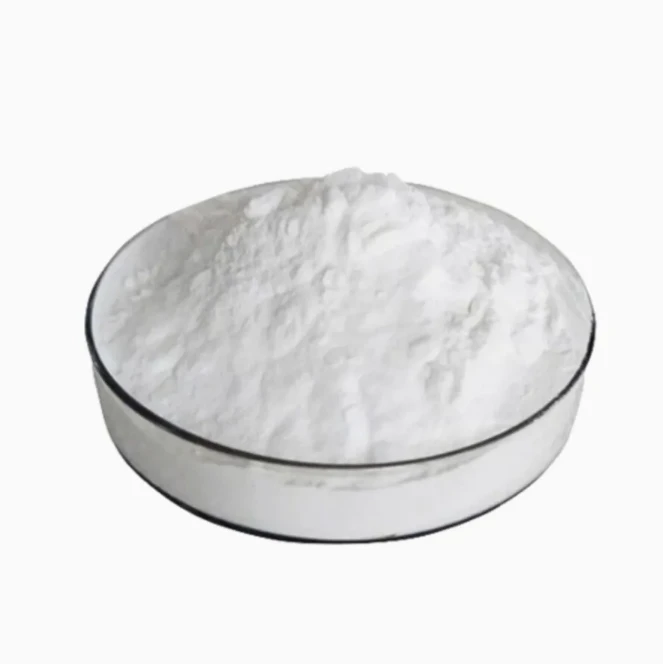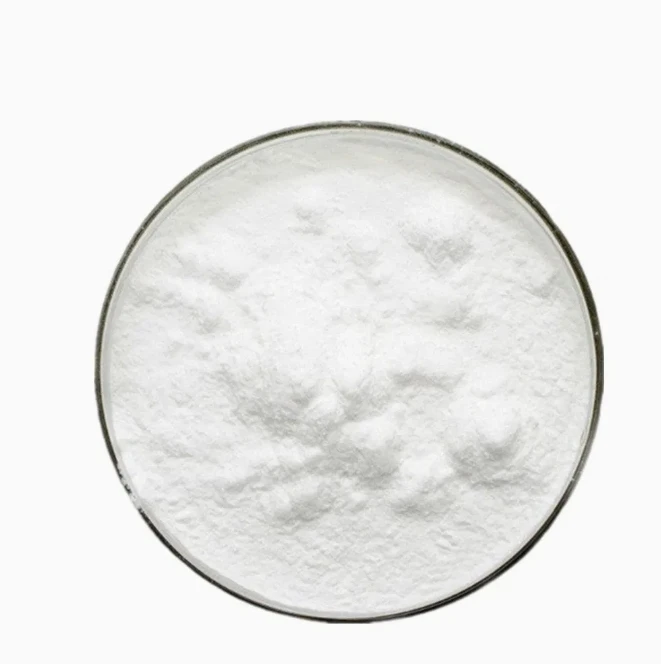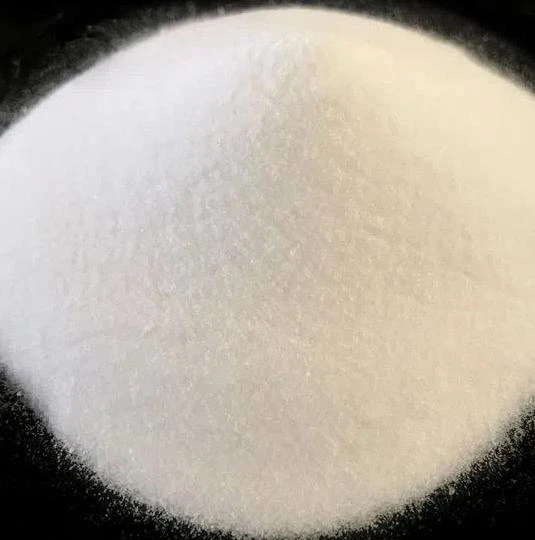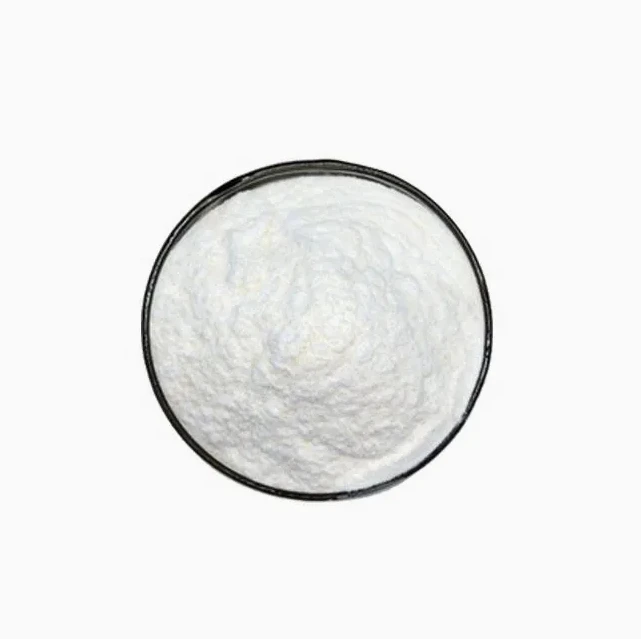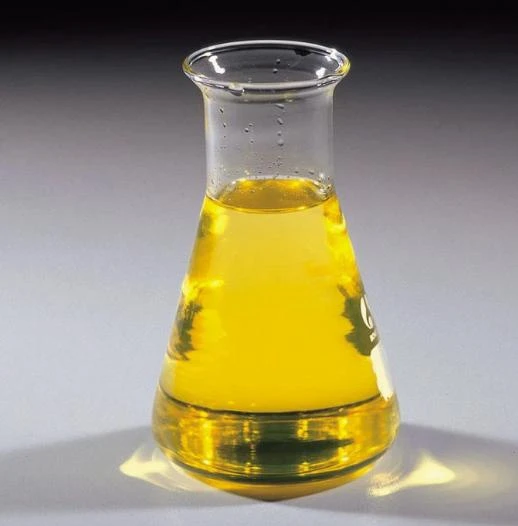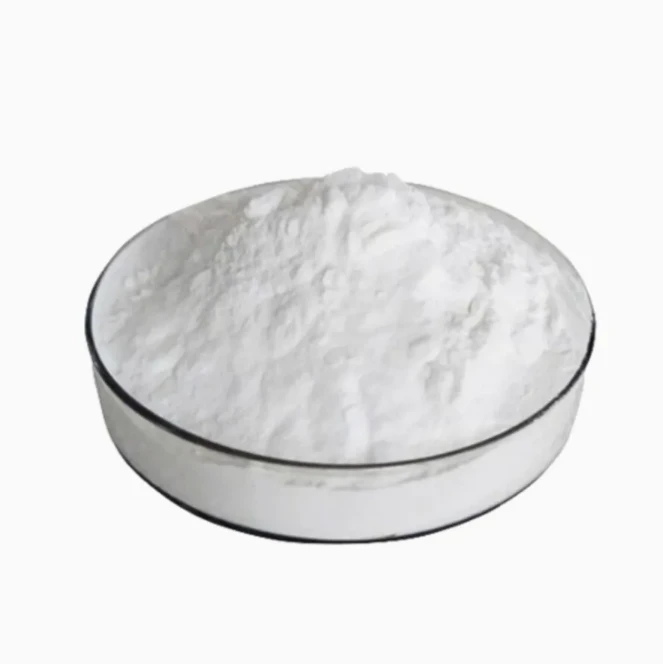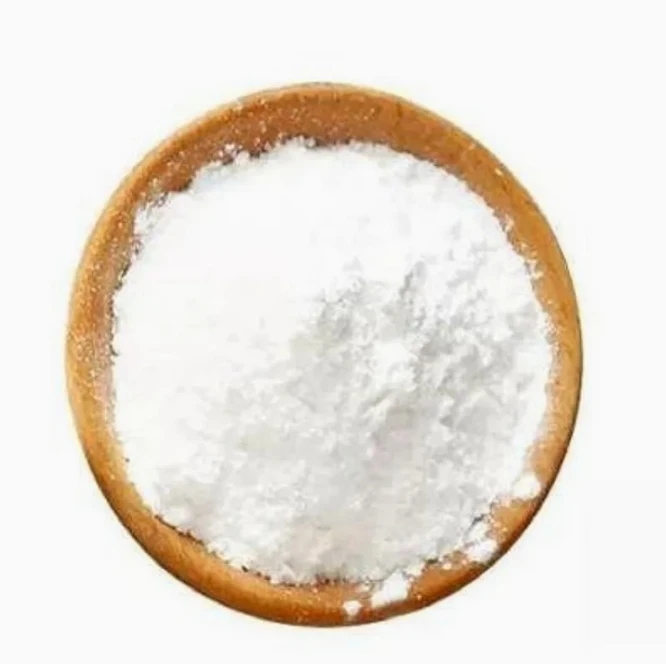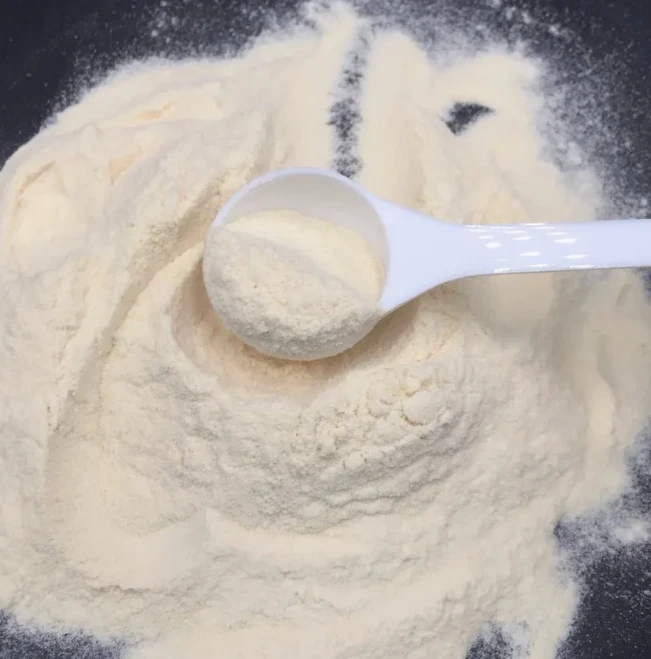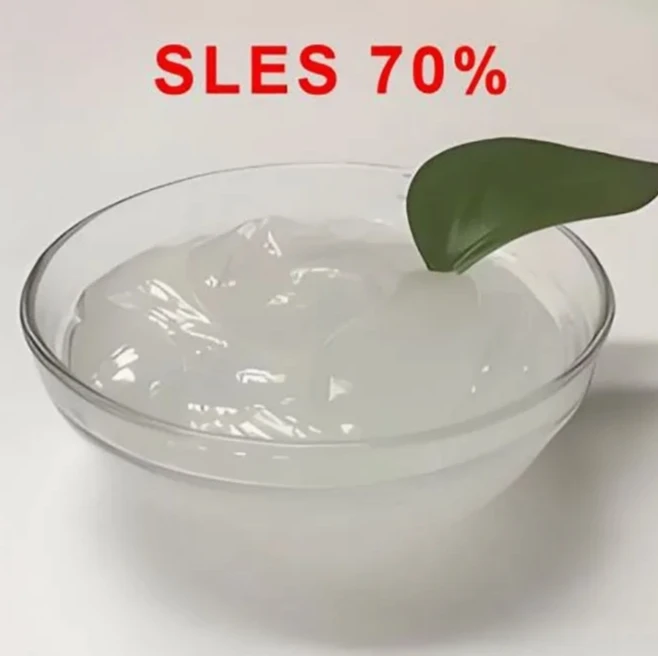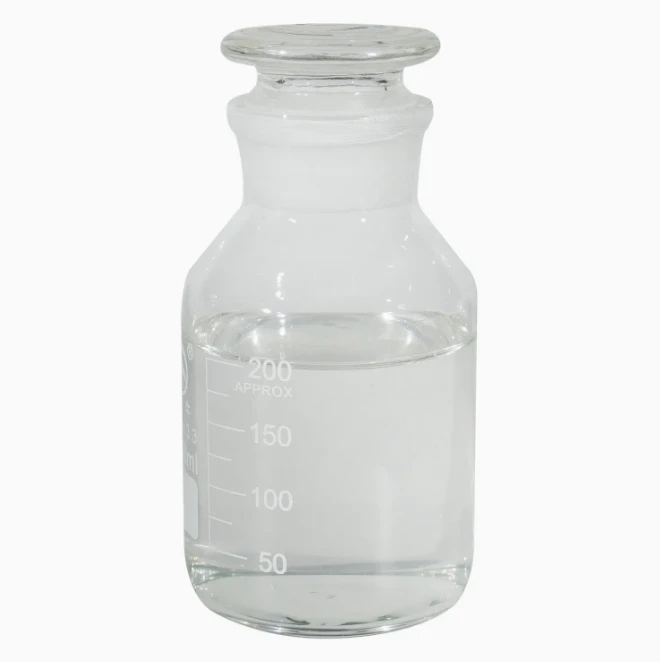 Imèl: sale@hebeidisha.com
Imèl: sale@hebeidisha.com
 Tel: +86 13315186550
Tel: +86 13315186550
- Afriken
- Albanè
- Amarik
- Arab
- Amenyen
- Azerbaydjan
- Basque
- Belarisyen
- Bengali
- Bosnyen
- Bulgarian
- Catalan
- Cebuano
- Lachin
- Lachin (Taiwan)
- Kors
- Kwoasyen
- Czech
- Danwa
- Olandè
- angle
- Esperanto
- Estonyen
- Finnish
- franse
- Frisyen
- Galisyen
- Jòjyen
- Alman
- grèk
- Gujarati
- Kreyòl ayisyen
- hausa
- Hawaiian
- ebre
- Non
- Miao
- Ongwa
- Icelandic
- igbo
- Endonezyen
- Ilandè
- Italyen
- Japonè
- Javanèz
- Kannada
- kazak
- Khmer
- Rwandan
- Koreyen
- Kurdish
- Kyrgyz
- TB
- Latin
- Latvian
- Lityanyen
- Luxembourgish
- Masedwan
- Malgashi
- Malay
- Malayalam
- Maltese
- Maori
- Marathi
- Mongolyen
- Myanma
- Nepali
- Nòvejyen
- Nòvejyen
- Occitan
- Pashto
- Pèsik
- Polonè
- Pòtigè
- Punjabi
- Woumen
- Ris
- Samoan
- Scottish Gaelic
- Sèb
- angle
- Shona
- Sindhi
- Sinhala
- Slovak
- Sloveni
- Somalyen
- Panyòl
- Sundanese
- Swahili
- Swedish
- Tagalog
- Tajik
- Tamil
- Tatar
- Telugu
- Thai
- Tik
- Tirkmen
- Ukrainian
- Oudou
- Ouygur
- Ouzbek
- Vyetnamyen
- Welsh
- Ede
- Yiddish
- Yoruba
- Zoulou
4-Methylcatechol CAS 452-86-8 as good-Efficiency
4-Methylcatechol, also known as Homocatechol, Homopyrocatechol or 4-Methyl-1,2-benzenediol, is a compound belonging to the methylcatechol family, is distinguished by a single methyl substituent situated at the 4-position of its molecular structure. This unique chemical composition grants it a range of intriguing properties and biological activities, prompting extensive investigation in the scientific community.
Originally isolated from Picea abies, commonly known as Norway spruce, 4-methylcatechol has been the subject of intense study due to its diverse roles in various biological contexts. One of its notable functions is its involvement as a hapten, playing a crucial role in immune responses. Moreover, this compound has garnered attention for its potential implications as both a carcinogenic agent and a potent antioxidant.
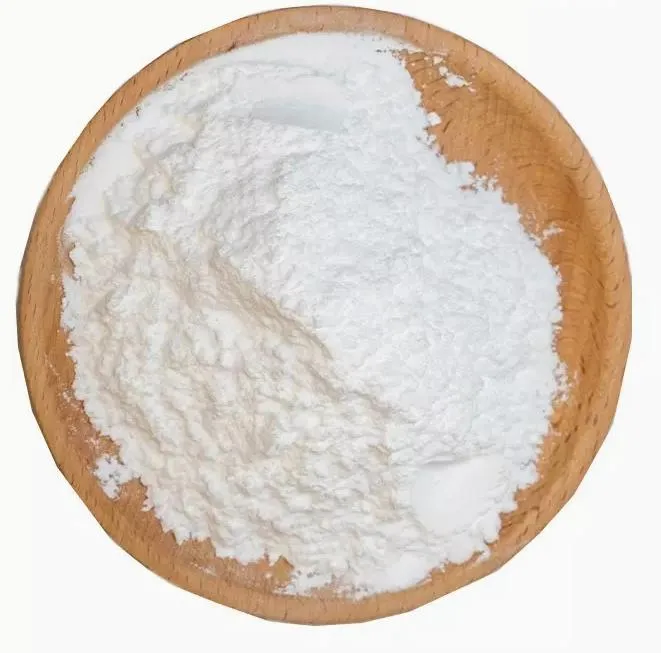



1. Sterilization and Mildew Prevention
4-Methylcatechol is utilized for the sterilization and mildew prevention of photosensitive materials, making it valuable in the preservation and protection of such materials.
2. Apple-type Spices
In the food industry, 4-Methylcatechol finds application in the manufacture of apple-type spices, imparting unique flavors to various food products.
3. Intermediate in Pharmaceutical Synthesis
Due to its versatile reactivity, 4-Methylcatechol serves as an important intermediate in the synthesis of antibacterial agents and antioxidants. These compounds are utilized in pharmaceutical research and drug development to combat microbial infections and provide antioxidant properties.
4. High-Efficiency Polymerization Inhibitor
4-Methylcatechol is employed as a high-efficiency polymerization inhibitor in various industrial processes. It helps prevent undesirable polymerization reactions, ensuring the stability and quality of the final products.
5. Immunology and Biomedical Research
Due to its role as a hapten, 4-methylcatechol finds applications in immunological studies, aiding in the investigation of immune responses and antigen-antibody interactions.
6. Cancer Research
While 4-methylcatechol has been identified as a carcinogenic agent, its involvement in cancer development provides opportunities for research aiming to better understand the molecular mechanisms of carcinogenesis and identify potential targets for cancer treatment.
7. Environmental and Ecological Studies
As a natural product found in diverse plant species, 4-methylcatechol contributes to ecological interactions and may have implications in environmental monitoring and plant-microbe interactions.
8. Biotechnological Applications
Understanding the metabolic involvement of 4-methylcatechol, particularly as a substrate and inhibitor of Catechol 2,3-Dioxygenase, opens avenues for biotechnological applications, including enzyme inhibition studies and the development of novel biocatalysts.
Nou gen anpil faktori-wo kalite ak gwo koperasyon, ki ka ba ou bon jan kalite pwodwi ak pri konpetitif. Epi nou ka bay tou rabè pou acha esansyèl. Epi nou kolabore ak anpil konpayi transpò machandiz pwofesyonèl, ka delivre pwodwi san danje epi san pwoblèm nan men ou. Tan livrezon se sou 3-20 jou apre konfimasyon peman an.

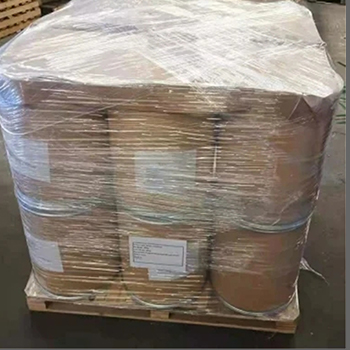
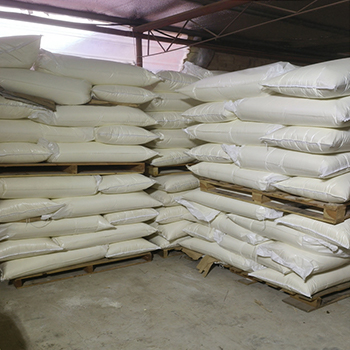
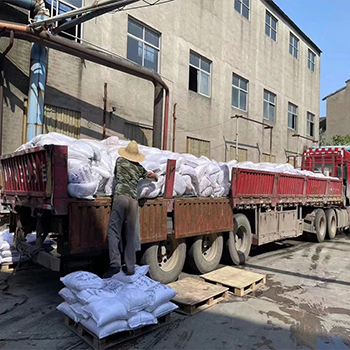
| Molecular Formula | C7H8O2 |
| Molar Mass | 124.14 |
| Density | 1.129 g/mL at 25 °C (lit.) |
| Pwen k ap fonn | 67-69 °C (lit.) |
| Boling Point | 251 °C (lit.) |
| Flash Point | 140 °C |
| Solibilite dlo | soluble |
| Solubility | Soluble in water, miscible with acetone, ethanol, ether and toluene, moderately soluble in petroleum ether. Slightly soluble in carbon tetrachloride. |
| Vapor Presure | 0.016mmHg at 25°C |
| Aparans | Crystalline powder |
| Specific Gravity | 1.129 |
| Color | White |
| BRN | 636512 |
| pKa | 9.91±0.10(Predicted) |
| Storage Condition | Keep in dark place,Inert atmosphere,Room temperature |
| Sensitive | `sensitive` to light and air |
| Refractive Index | 1.5425 (estimate) |
| MDL | MFCD00002205 |
| Physical and Chemical Properties | Melting Point: 67-69°C(lit.) Boiling Point: 251°C(lit.) density: 1.129g/mL at 25°C(lit.) flash point: 140°C water solubility: soluble Properties: off-white to white crystalline powder |
| Sèvi ak | As an intermediate, it is used in the synthesis of antibacterial agents and antioxidants, and can be used as a highly efficient polymerization inhibitor. For photosensitive material sterilization and mildew-proof, the manufacture of Apple-type spices. As an intermediate, it is used in the synthesis of antibacterial agents and antioxidants, and can be used as a high-efficiency polymerization inhibitor. |

1. Èske ou se yon faktori oswa yon konpayi komès?
Nou se yon konpayi entegre endistri ak komès, bay yon sèl-stop service.OEM ta ka aksepte.
2. ou bay echantiyon yo genyen? Èske li gratis oswa siplemantè?
Echantiyon gratis. Frè machandiz echantiyon an bezwen peye bò kote ou.
3. Èske ou gen nenpòt sètifika ki gen rapò ak kontwòl kalite?
ISO 9001:2008 sètifikasyon asire bon jan kalite.
4. Kisa mwen ta dwe bay pou jwenn yon sitasyon?
Pls enfòme nou sou kalite pwodwi ou bezwen, kantite lòd, adrès ak kondisyon espesifik yo.Y ap fè sitasyon an pou referans ou nan tan.
5. Ki kalite metòd peman ou pito? Ki kalite kondisyon yo aksepte?
Kondisyon livrezon yo aksepte: FOB, CFR, CIF, EXW;
Accepted Payment Currency:USD;EUR
Kalite Peman Aksepte: T/T, Western Union; Paypal, asirans komès.
Lang pale: Angle.
Kategori pwodwi yo
